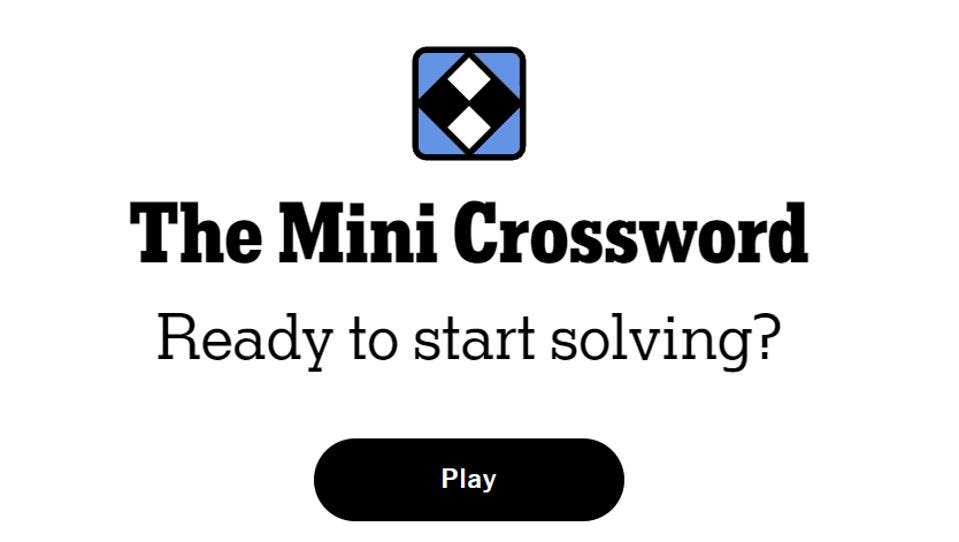Bittensor subnet Score turns low-res sports footage into real-time intelligence, powering bets, … More
Max Sebti wasn’t trying to disrupt anything. He was trying to solve a problem. A sports hedge fund needed better data to place bets on global football. Traditional sources couldn’t deliver the precision or speed required. So Sebti and his co-founders built their own solution — an AI system that could track movement on the field, model player behavior, and predict outcomes from video.
What started as a client deliverable has grown into Score, Bittensor subnet 44, and one of the most ambitious computer vision projects in decentralized AI.
“We collect, we model, and we predict,” Sebti said in an interview. “And we do it frame by frame.” Score turns video into structured intelligence. It works with low-quality footage, simulates alternate scenarios and scores each player’s impact on every phase of play.
From Soccer Bets To Computer Vision AI Breakthroughs
One betting syndicate is already convinced — allocating $300 million in assets under management based on Score’s outputs this coming season. This isn’t a startup hunting for use cases. It’s producing revenue. Fast. In an interview, Score’s co-founder and a seasoned tech executive Nigel Grant, said that’s the point.
“What will matter to your survival in the decentralized AI, Bittensor community is the answer to the question, are you delivering revenue?” he said. “Those that don’t will be history.” The computer vision engine at the heart of Score started with sports, but the applications are much broader. Retail theft detection. Insurance disputes. Predictive diagnostics in healthcare. Anything with a camera becomes a potential use case.
But sports remains the proving ground. Sebti says their biggest advantage is the ability to extract meaningful data from bad video. “We brought the ability to get analysis on low-quality videos,” he said. “That’s what clubs are excited about — eyes on all the pitches where there’s a camera.”
From Blurry Video To Structured AI
And it’s not just evaluation. It’s valuation. With support from data scientist Peter Cotton, Score is developing a model that assigns a numerical value to each player’s contribution in real time. “We’re looking at whether a player is giving a plus or minus contribution to the successful outcome of a move,” Grant said. “Frame by frame.”
Think Moneyball, on-chain. That performance data also opens the door to global scouting. Sebti said their system can ingest game footage from anywhere — remote pitches, amateur leagues, youth tournaments — and benchmark every player to the same standard. They’ve even brought in Arsenal’s former international chief scout to help train the models. The goal is simple: track the signal, skip the noise. “We’re trying to abstract and quantify everything that can happen on the pitch,” Sebti said. “And don’t get biased by what we think.”
AI Based Visual Intelligence Competitors
Despite its novel technology, Score has a lot of company — Big Tech companies in particular — when it comes to competition within the AI visual intelligence arena.
- Automation Hero: Automation Hero uses a smart document processing platform with high-quality optical character recognition technology, especially handwriting text recognition. Its OCR software translates document scans into actionable information using contextual cues like human reading patterns.
- Amazon Rekognition: As part of Amazon Web Services (AWS), Rekognition delivers capable video analytics using deep learning algorithms for video content analysis in real time. It is a full-fledged platform and not just video analysis but comprises advanced OCR capabilities — such as object detection, scene recognition, face recognition, and sentiment analysis.
- Azure Video Indexer: Microsoft’s Azure AI Video Indexer is a comprehensive video analytics service powered by AI. It provides deep insights from video content without requiring machine learning expertise. It also syncs with visual and audio prompts and aligns insights to a unified timeline.
While each of these players has unique competitive advantages, they each were primarily built to function within centralized settings since that’s still where most of the AI market resides.
Score Bets Everything On Decentralized AI
However, Score’s open-source approach is intentional and unique. “We want to be the optic nerve of AI,” Sebti said. “We’re going to allow everyone to plug their eyes into that.” That modular design means developers, researchers and companies can layer on top of Score without rebuilding the core. The infrastructure is built. The models are training. The use cases are waiting.
When asked what advice he’d give other founders considering decentralized AI, Sebti didn’t hesitate. “Pick Bittensor,” he said. “Find an asymmetry — something extremely complex to solve but easy to verify. And embrace the feedback.” It’s not theory. It’s execution. And it’s happening now.









